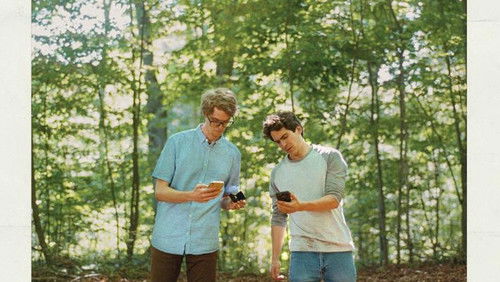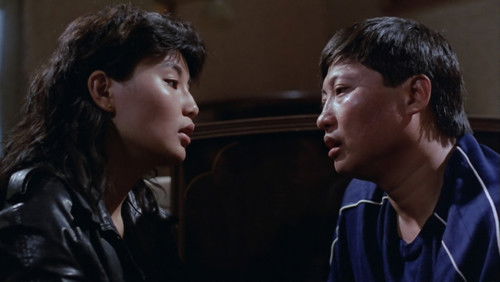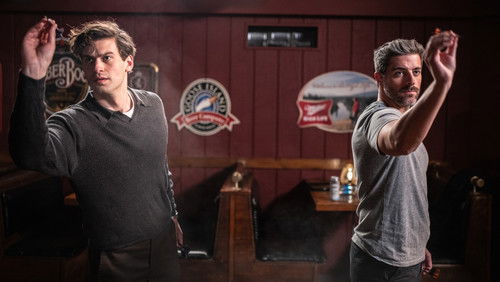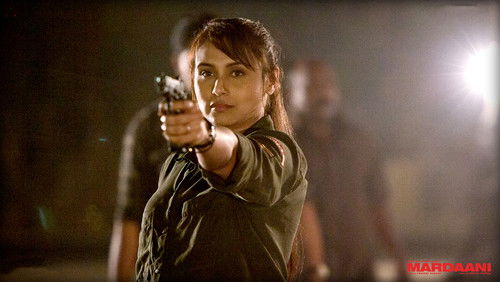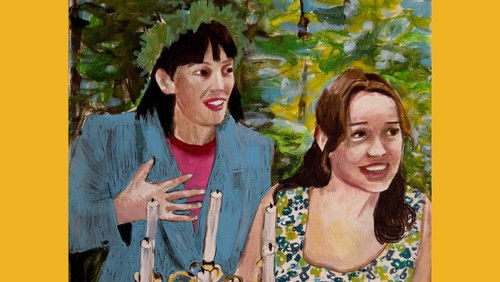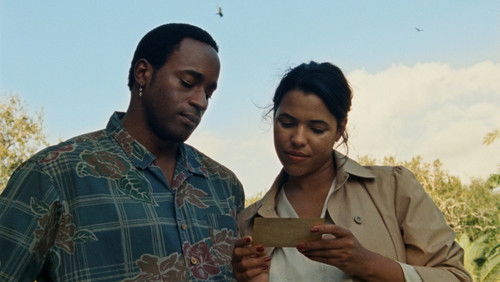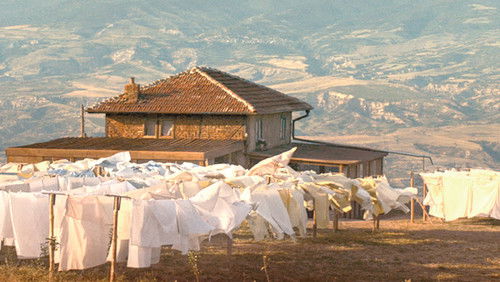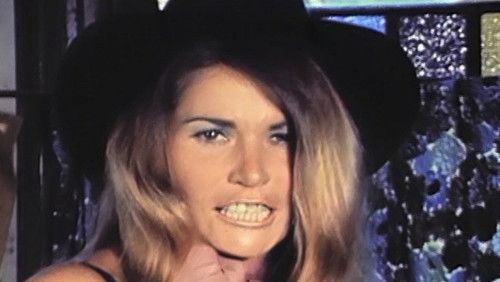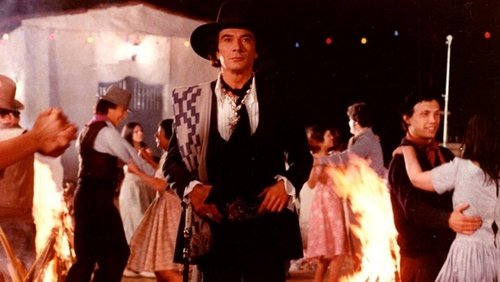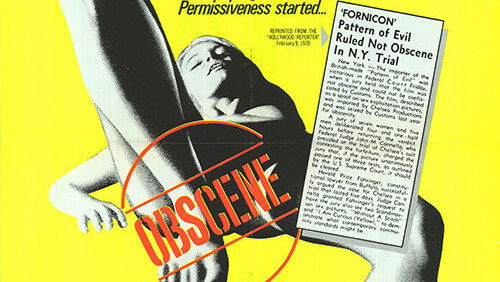Buster Keaton, der Filmreporter (1928)
61KBuster Keaton, der Filmreporter: Directed by Edward Sedgwick, Buster Keaton. With Buster Keaton, Marceline Day, Harold Goodwin, Sidney Bracey. Hopelessly in love with a woman working at MGM Studios, a clumsy man attempts to become a motion picture cameraman to be close to the object of his desire.
“I loved this film.u003cbr/u003eu003cbr/u003eI donu0026#39;t give 10/10 marks lightly; I rarely give them at all. For a film to rate that highly, it must be compelling, enthralling, enchanting, a technical tour-de-force — it must make my heart soar and tear it with pity, and leave me shaken and laughing and crying all at once — never put a foot wrong or lose my interest for a moment… but above all, it must endure. It must be a candidate for the shelf of the classics, to stand in its own right among all others and hold its own.u003cbr/u003eu003cbr/u003eA tall order for a little comedy, you might think, even with the irreplaceable imagination and grace of Buster Keaton on both sides of the camera. But for me this is the one: his last great film, his swansong perhaps, but the one that is perfection.u003cbr/u003eu003cbr/u003eThis is the u0026#39;perfect melding of story and humouru0026#39; I dreamed would lie ahead, back when I reviewed u0026quot;The Generalu0026quot;, and here they are ideally intertwined. In places it is very, very funny, on a level his feature length films arrive at far more seldom than his shorts, but it also has a fully-developed and satisfying narrative curve along timeless lines, underpinned and yet not undermined by Keatonu0026#39;s wry trademark lack of sentiment: virtue is rewarded, villainy confounded, and the underdog is recognised and wins through. The leading lady is no mere cipher to which to aspire, but a warm girl who believes in the hero all along and gives him his vital u0026#39;breaku0026#39;. The unfortunate encounter with the organ-grinderu0026#39;s monkey — Busteru0026#39;s best ever animal co-star! — proves not simply a one-off gag, but key to the plot; and it is this sort of coherence that gives the film as a whole its beautiful sense of shape.u003cbr/u003eu003cbr/u003eThe story itself is very simple, almost episodic, compared to some of Keatonu0026#39;s wilder offerings: boy loves girl, boy sets out day after day to prove himself and find his dream, as events conspire to frustrate him. But everything ties back. The ending echoes the beginning and every scene counts along the way, as the relationships between the principals evolve. Thereu0026#39;s even an unmissable u0026#39;singing in the rainu0026#39; sequence that must surely — surely! — have been an influence on Gene Kellyu0026#39;s famous rapture of delight (and encounter with bemused policeman); the echoes are so close…u003cbr/u003eu003cbr/u003eThere are no great set-piece stunts and chases to take over the screen and dominate the plot, as in u0026quot;Seven Chancesu0026quot; or u0026quot;The Generalu0026quot;; but much as I love Busteru0026#39;s breathtaking skills and endless acrobatic agility, I think the film actually benefits by the more integrated style. There are chases — there are stunts — there are classic sight gags, long-running situational humour, bittersweet instants and sheer belly laughs — but none of them ever sideline the impetus of the character-based action. This film quite simply has *everything*, and thatu0026#39;s why even among Keatonu0026#39;s work it stands out.u003cbr/u003eu003cbr/u003eBuster Keaton, meanwhile, is in top form, playing perhaps the most fully-realized of his various romantic dreamers: the little street photographer with his hard-saved nest egg, ten cents a time, who longs to become a daredevil cameraman capturing the breaking news. This is classic Keaton: the fascination and frustration with machinery, the ingenuity applied and misapplied, the beauty of face and body that can express an entire universe without words, the flights of fancy and the inevitable falls.u003cbr/u003eu003cbr/u003eBuster could, notoriously, u0026quot;run like a jack-rabbitu0026quot; for all his small size, and here his speed as well as his famous frozen poise are put to memorable use. His comic timing and inventiveness have never been better: the swimming-pool scene, harking all the way back to Arbuckleu0026#39;s u0026quot;Coney Islandu0026quot; but with far greater sophistication and development, is truly hilarious and had the audience, almost crying with laughter, eating out of the palm of his hand. (The scene where, carried away by the hallowed stadium turf, he plays out an entire baseball game in his own head single-handed — still very funny even to the English — would doubtless have gone down a complete storm with US cinema-goers more familiar with the rules of the sport…) And yet, as always, he is not merely playing for laughs, but acting to effect. We feel for the character; rejoice with him, ache for him, applaud his resource and chuckle with sympathy over his mistakes. In a couple of his shorts, where he deliberately subverts the conventions of melodrama, he demonstrates the all-out poses of classic theatrical mime — heartbreak, horror, despair — with spot-on accuracy. Here, we see his own more subtle and naturalistic style. Buster had no time for high drama, but he was a player in full command of his craft, and he can create a momentu0026#39;s shading of emotion with the tiniest shift of face or body, and those eloquent, ever-expressive eyes.u003cbr/u003eu003cbr/u003eHe is a master, and for me this is perhaps his masterpiece. Itu0026#39;s one of the films Iu0026#39;ve enjoyed most in my entire life; silent cinema in its full maturity and comedy at its timeless best. I was swept away. After seeing this I was ready to go down on my knees and worship Keaton; all I can do is hymn him in words.u003cbr/u003eu003cbr/u003eIf he were never again to be allowed to do anything on this creative level — and arguably, he never was — then this would still be a final great flowering of a unique art and vision, films that still draw crowds today… but above all perform, as perfectly as when they were first printed, all that Buster Keaton ever set out to do. These are not museum pieces or cultural artifacts of a dead age. They are, as they were created to be, cinematic works of supreme entertainment.”
